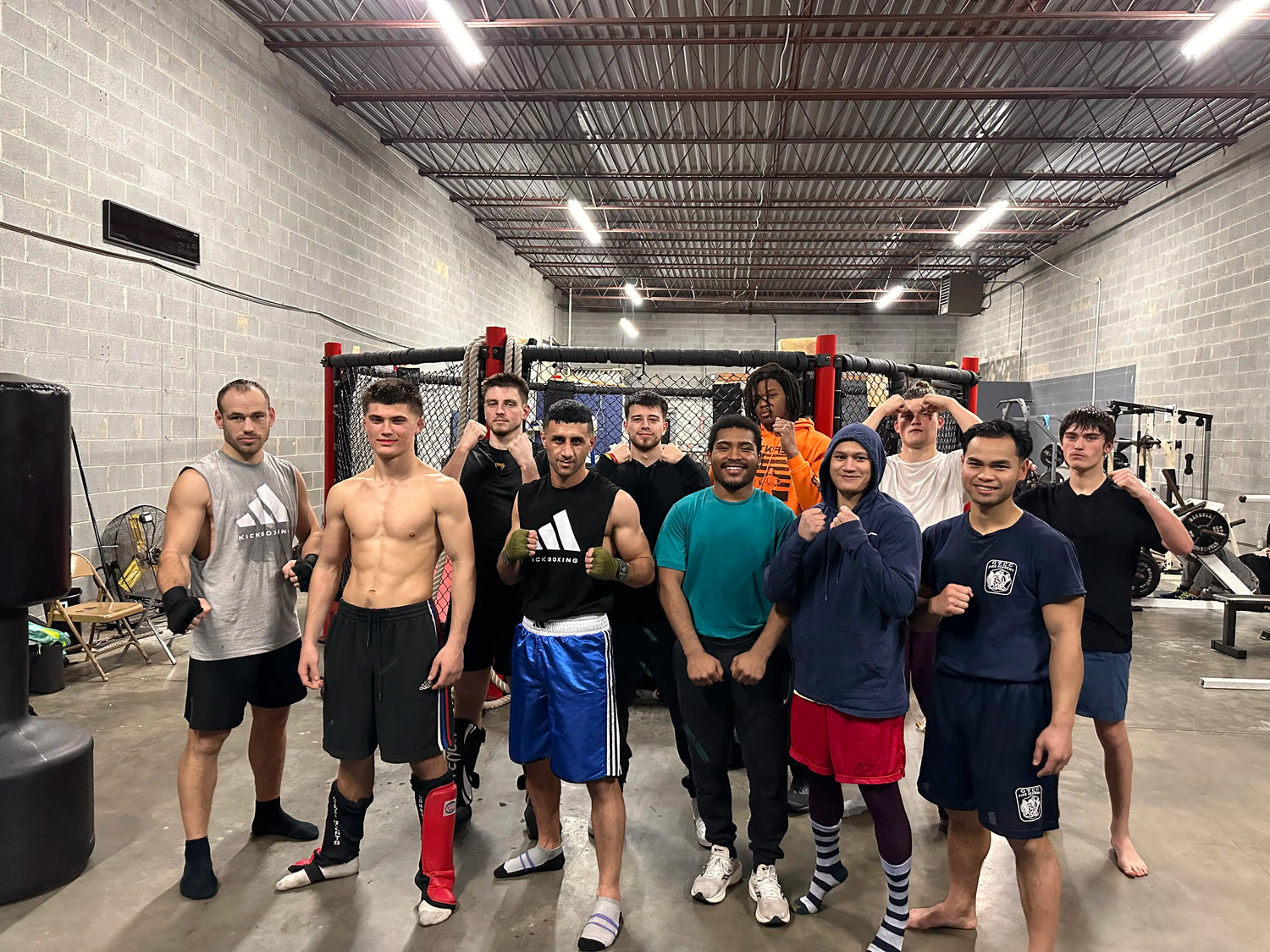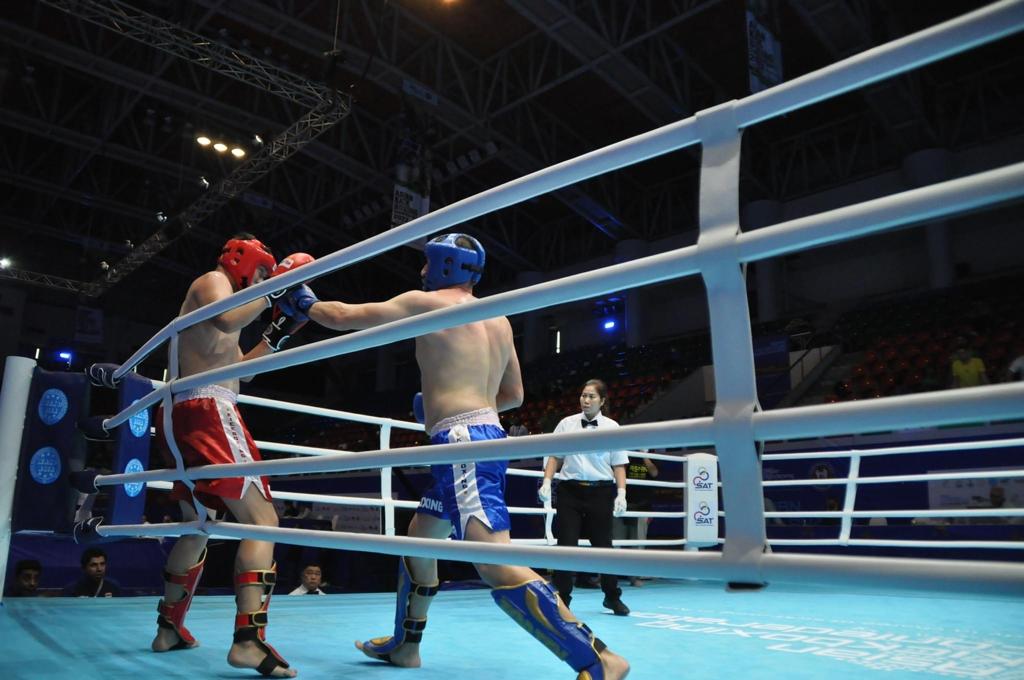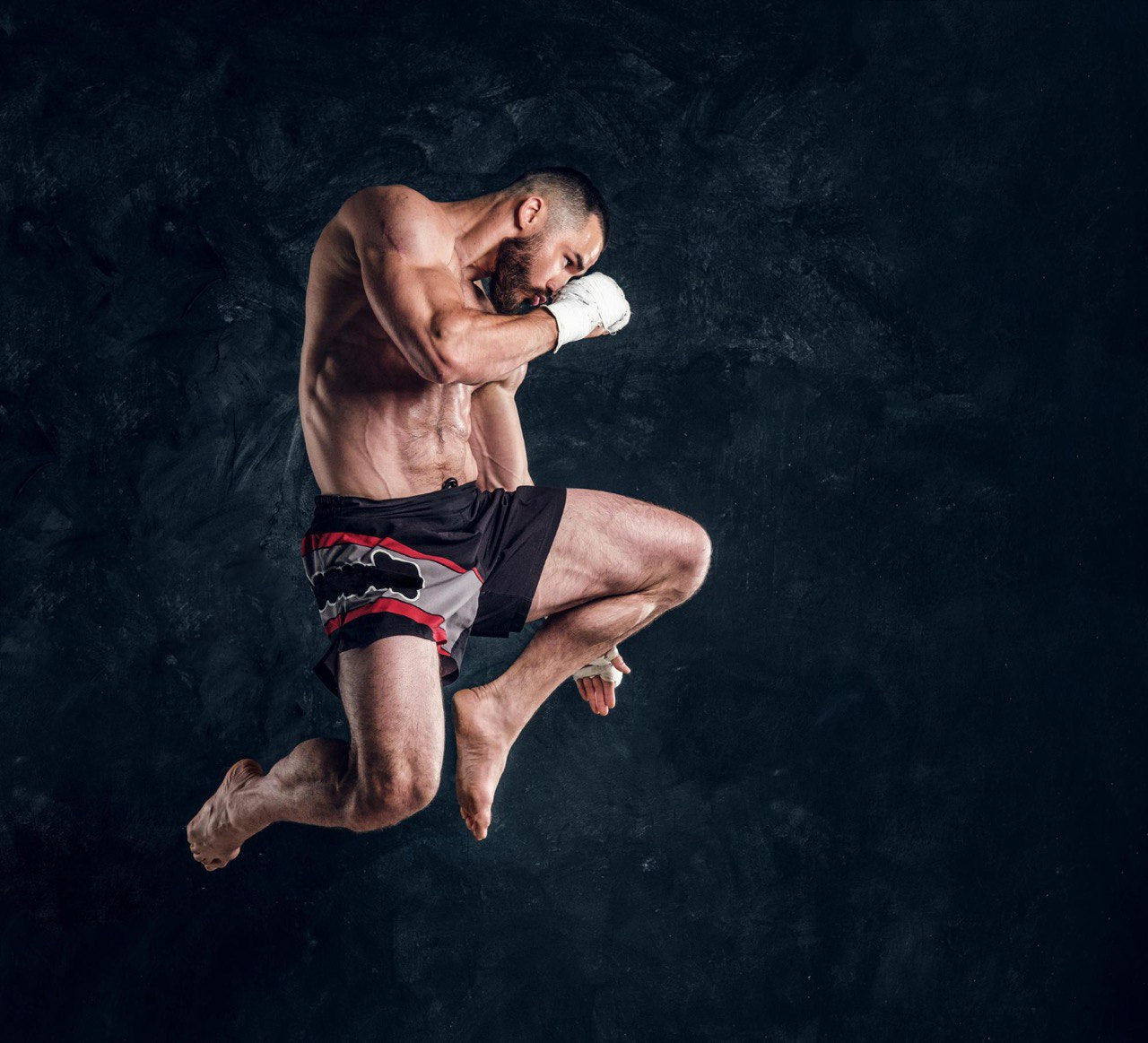Introduction
Kickboxing is an intense physical sport that demands both skill and endurance from its athletes. After a hard-fought match, the recovery period is a critical phase that aids in maintaining an athlete's overall performance and longevity in the sport (Meeusen et al., 2013). This post will delve into the recommended duration of rest for a fighter or kickboxer after a challenging fight, based on scientific studies.
The Importance of Recovery
Engaging in any form of strenuous physical activity, such as kickboxing, induces physiological changes, including muscle damage, inflammation, and glycogen depletion. These changes require appropriate recovery interventions and periods to ensure the body's ability to recuperate and prevent injuries (Dupuy et al., 2018).
The Recommended Rest Period
Research suggests that a full recovery period can range between 72 hours to 14 days, depending on the intensity of the bout, the fitness level of the athlete, and any sustained injuries (Halson, 2014). However, this can vary from athlete to athlete, and it's essential to pay close attention to individual responses.
The first 48 hours after the fight are critical, as this is the period when inflammation and delayed onset muscle soreness (DOMS) peak (Cheung et al., 2003). During this time, athletes should focus on light movement, hydration, healthy nutrition, and sleep to speed up recovery.
Beyond 48 hours, recovery strategies may include a combination of active rest (low-intensity exercises), physiotherapy, massage, heat treatments, and continued emphasis on nutrition and sleep (Barnett, 2006).
Conclusion
The recovery process after a tough fight is crucial in the life of a kickboxer. Not only does it help the body repair and replenish itself, but it also aids in boosting performance in subsequent matches. Understanding the body's need for rest and the techniques for fostering recovery are essential components of a fighter's training regime.
By recognizing the signs of fatigue and injury and giving the body the necessary time to recover, athletes can ensure their careers in the sport are both successful and sustainable.
References
Barnett, A. (2006). Using recovery modalities between training sessions in elite athletes: Does it help? Sports Medicine, 36(9), 781-796.
Cheung, K., Hume, P., & Maxwell, L. (2003). Delayed onset muscle soreness: treatment strategies and performance factors. Sports medicine, 33(2), 145-164.
Dupuy, O., Douzi, W., Theurot, D., Bosquet, L., & Dugué, B. (2018). An evidence-based approach for choosing post-exercise recovery techniques to reduce markers of muscle damage, soreness, fatigue, and inflammation: a systematic review with meta-analysis. Frontiers in physiology, 9, 403.
Halson, S. L. (2014). Monitoring training load to understand fatigue in athletes. Sports Medicine, 44(2), 139-147.
Meeusen, R., Duclos, M., Foster, C., Fry, A., Gleeson, M., Nieman, D., ... & Urhausen, A. (2013). Prevention, diagnosis, and treatment of the overtraining syndrome: joint consensus statement of the European College of Sport Science and the American College of Sports Medicine. Medicine & Science in Sports & Exercise, 45(1), 186-205.





